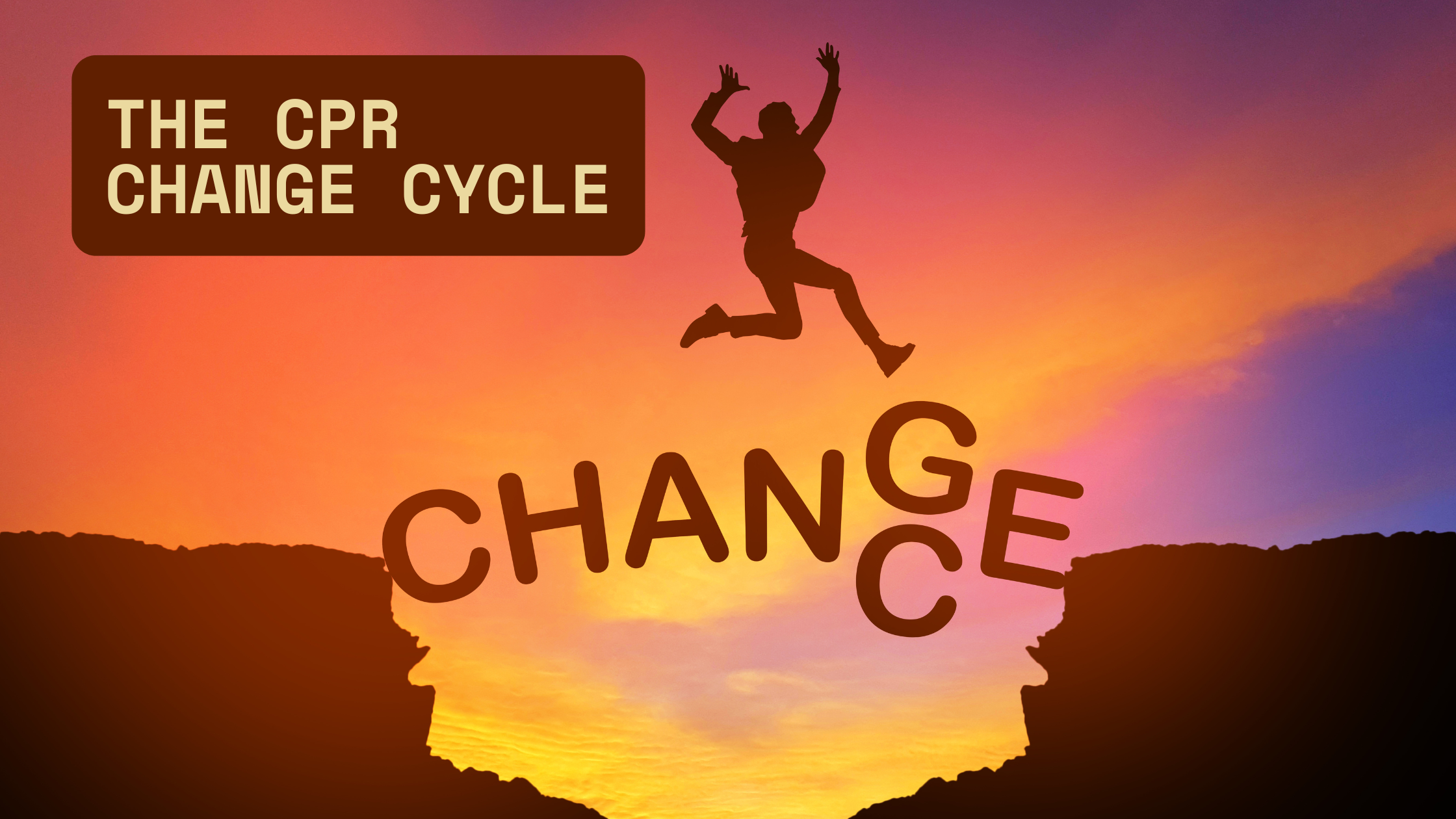“There is nothing wrong in change, if it is in the right direction. To improve is to change, so to be perfect is to have changed often.” - The Wit and Wisdom of Winston Churchill
We often talk about being unable to achieve something or how things aren't working out despite doing everything we know. Most of the time, we're just rambling about how much effort we invest with little return. Consider a situation where you want to achieve something whether it's a personal goal, a professional ambition, or something beneficial for your team or organization. Often, we forget to contemplate what our actions or current circumstances might lead to. Instead, we jump right in, and when we fail, we still don't clearly see why.
The truth is, everything requires change. People might argue, "We just want to close this client how does change management even apply?" or "I want to run 10 miles in one hour why should I worry about change?" However, if we pause to contemplate our current approaches, processes, or behaviors, we'll likely discover a misalignment between our desired goals and our actual practices.
In change management theory, this relates directly to the concept of quasi-stationary equilibrium (QSE) a comfortable, secure state that holds us back until we create enough urgency or discomfort to move toward the desired state. Recognizing the need for this urgency to initiate meaningful change inspired me to coin my change model: CPR which is Contemplate, Pause, Reset.
Drawing parallels to established theories like Lewin's or Kotter's change models, the first crucial step is creating a sense of urgency and thoroughly understanding the current situation. This can be effectively achieved through contemplation reflecting carefully on where we currently stand and considering the potential natural outcomes of our actions.




